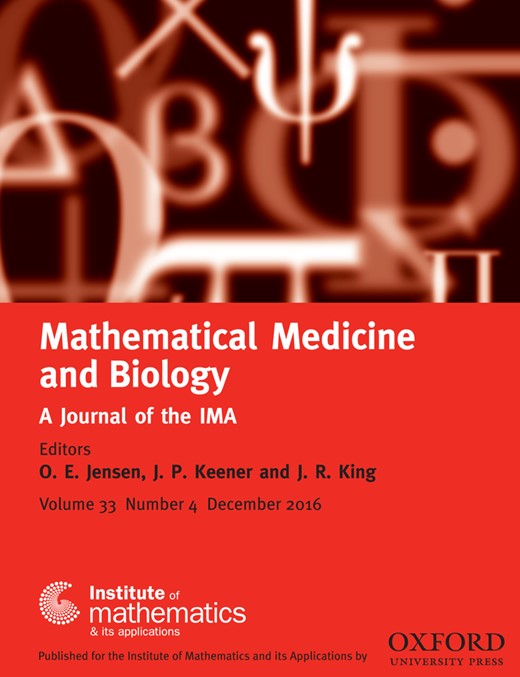-
Views
-
Cite
Cite
Timothy W. Secomb, A Green's function method for simulation of time-dependent solute transport and reaction in realistic microvascular geometries, Mathematical Medicine and Biology: A Journal of the IMA, Volume 33, Issue 4, December 2016, Pages 475–494, https://doi.org/10.1093/imammb/dqv031
Close - Share Icon Share
A novel theoretical method is presented for simulating the spatially resolved convective and diffusive transport of reacting solutes between microvascular networks and the surrounding tissues. The method allows for efficient computational solution of problems involving convection and non-linear binding of solutes in blood flowing through microvascular networks with realistic 3D geometries, coupled with transvascular exchange and diffusion and reaction in the surrounding tissue space. The method is based on a Green's function approach, in which the solute concentration distribution in the tissue is expressed as a sum of fields generated by time-varying distributions of discrete sources and sinks. As an example of the application of the method, the washout of an inert diffusible tracer substance from a tissue region perfused by a network of microvessels is simulated, showing its dependence on the solute's transvascular permeability and tissue diffusivity. Exponential decay of the washout concentration is predicted, with rate constants that are about 10–30% lower than the rate constants for a tissue cylinder model with the same vessel length, vessel surface area and blood flow rate per tissue volume.





